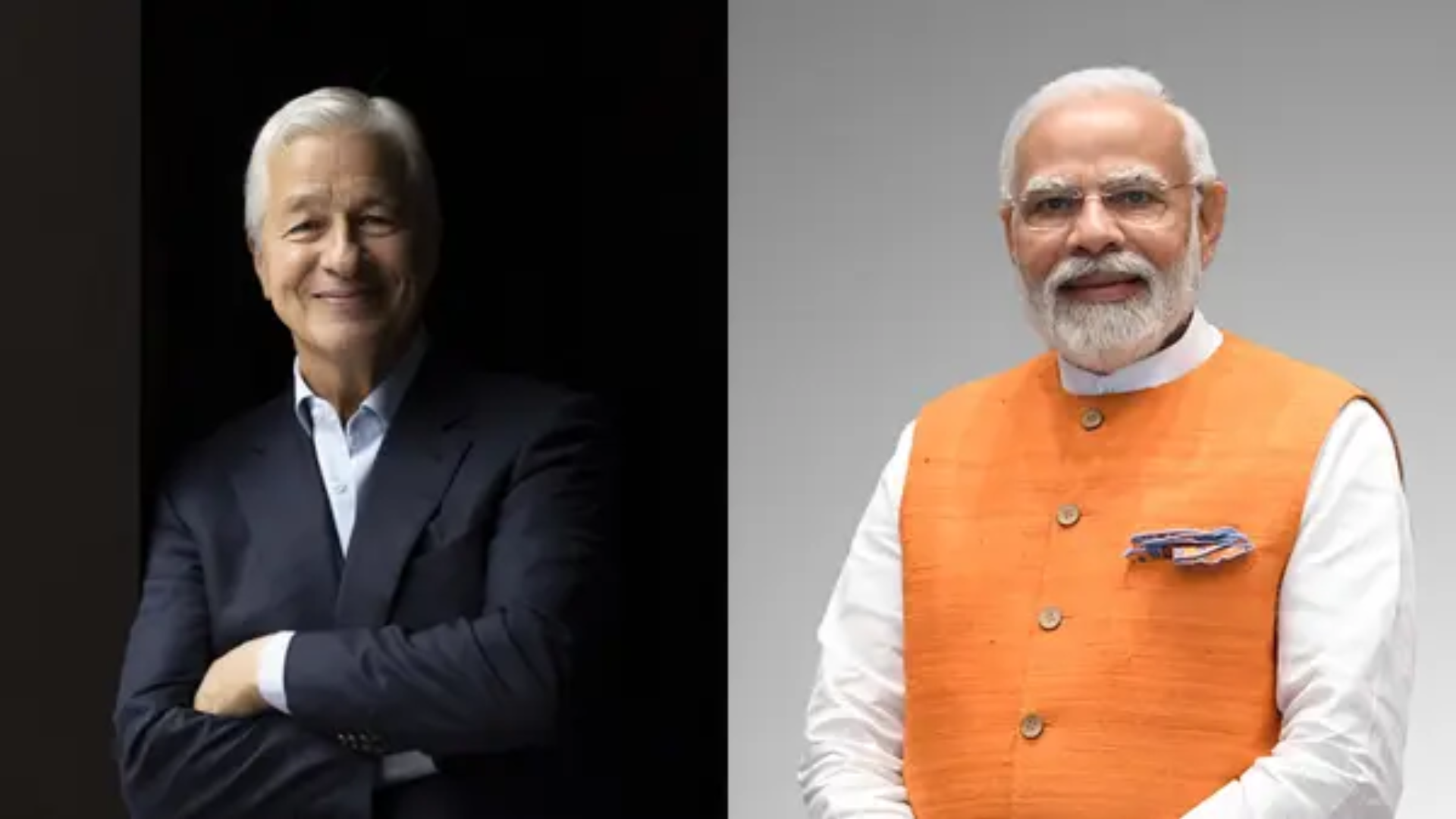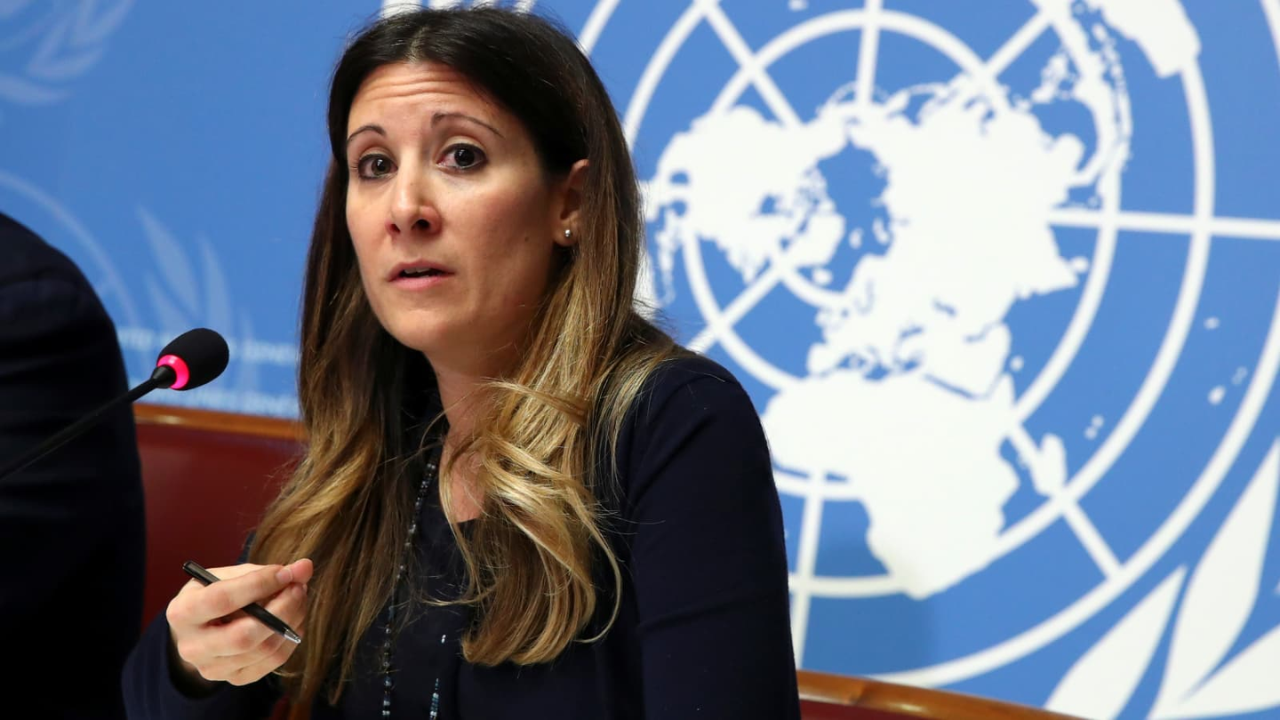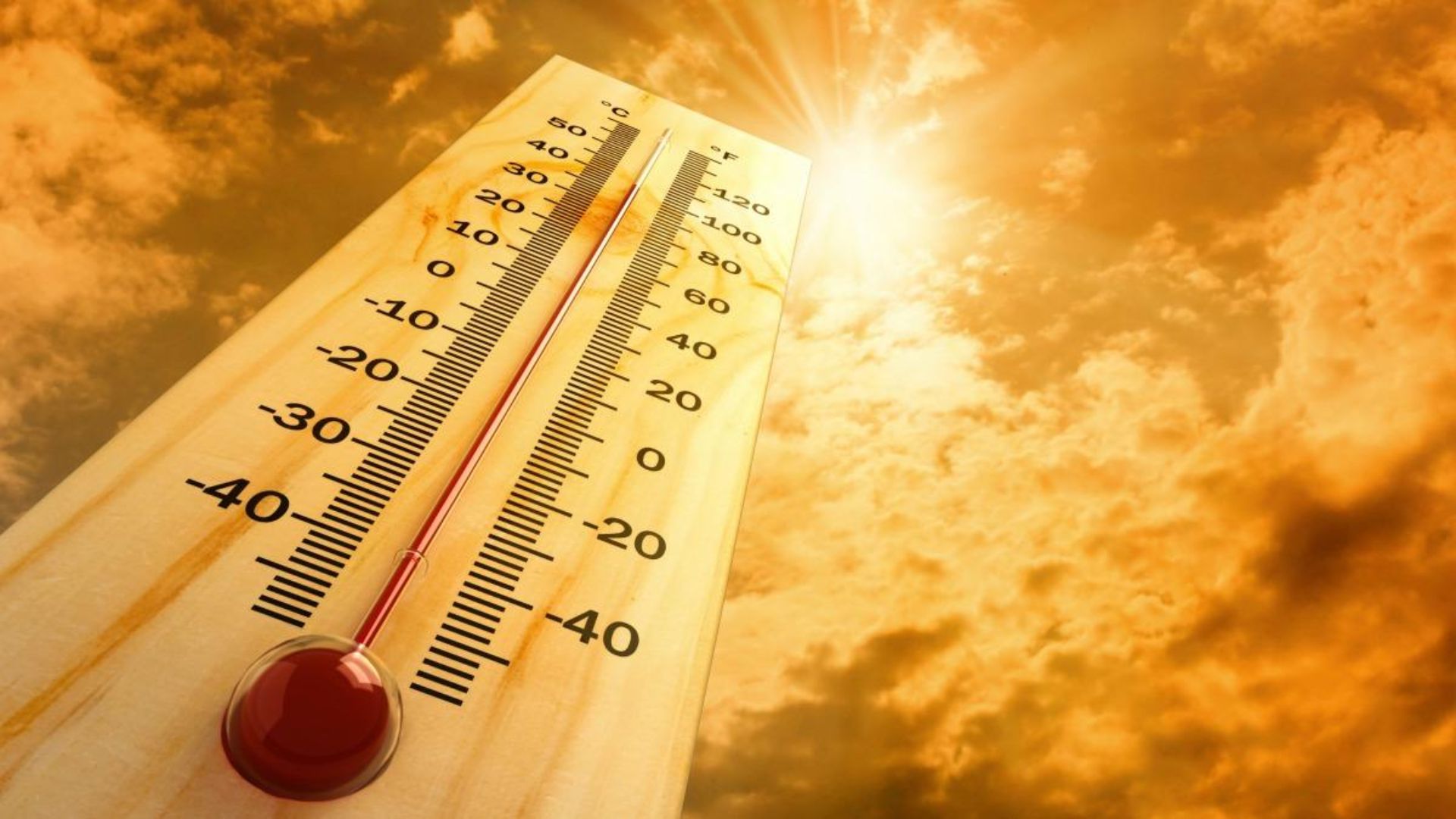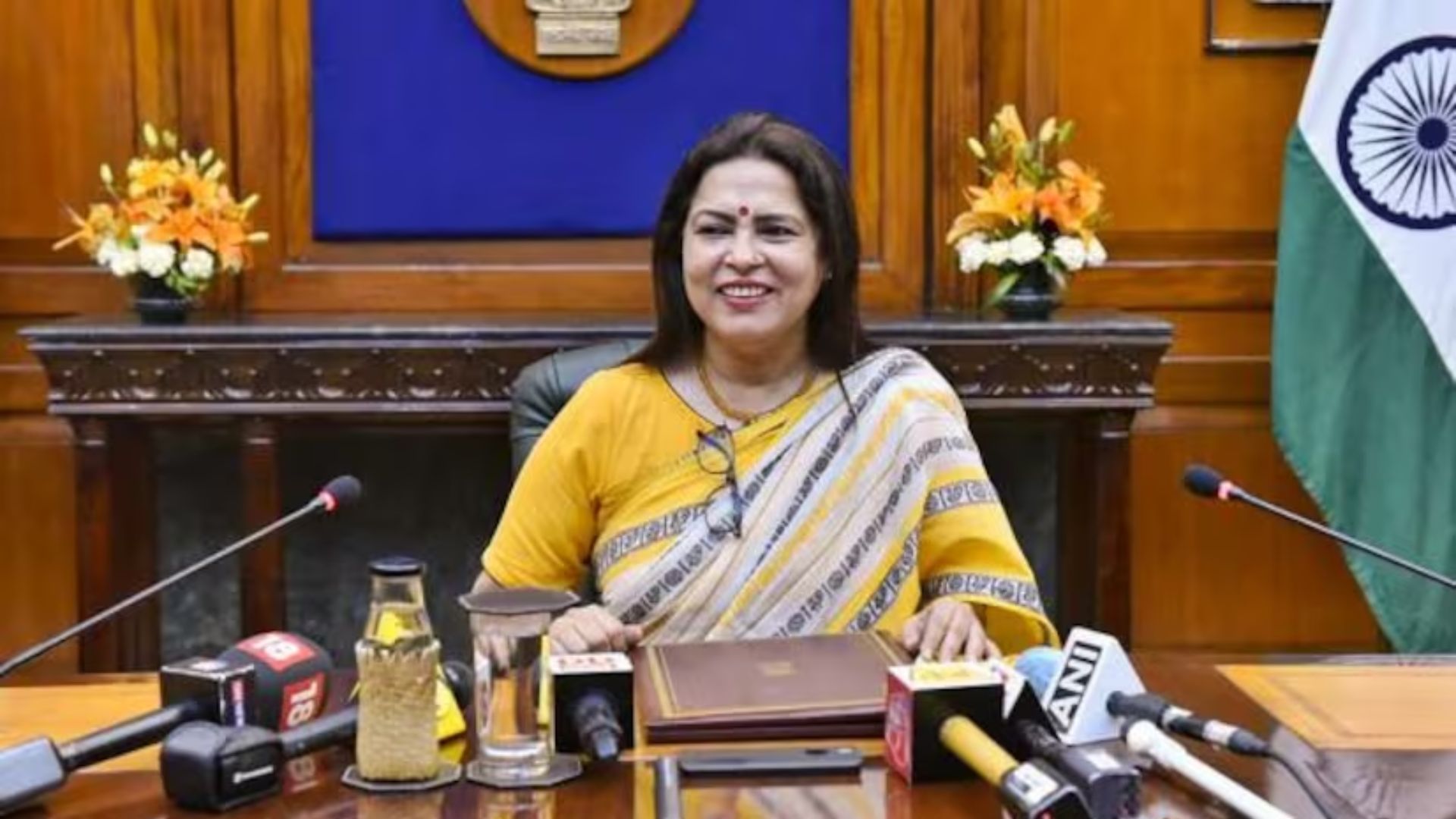










In response to the escalating cases of respiratory diseases and the emergence of the new JN.1 COVID sub-variant, the World Health Organization (WHO) has stressed the importance of sustained vigilance and surveillance by countries. As the festive season approaches, the global health body has called for robust monitoring and sequence sharing to effectively navigate the evolving nature of the virus.
Highlighting the ongoing developments, the WHO emphasized that the virus is undergoing changes and urged nations to remain diligent in their efforts to combat the pandemic. The organization underscored the necessity of adhering to public health guidelines and maintaining awareness during the holiday season.
In a video shared on social media, Dr. Maria Van Kerkhove, the COVID-19 technical lead at WHO, addressed the current surge in respiratory diseases, including the JN.1 sub-variant of COVID-19. The video conveyed the organization’s commitment to continually assessing the situation and provided insights into the reasons behind the recent surges.
Dr. Kerkhove explained that the upswing in respiratory infections can be attributed to various factors, such as increased gatherings during the holiday season and the prevalence of other viruses and bacteria. She cautioned that the combination of these factors, coupled with people spending more time indoors, particularly in poorly ventilated spaces, creates an environment conducive to the spread of pathogens.
“It’s not just COVID-19 that’s circulating; we have influenza, other viruses, and bacteria. In other parts of the world, we are entering the winter months, and people are starting to gather for the holiday season. And as people gather, they spend more time indoors, especially if there is poor ventilation. These pathogens that spread efficiently between people and through the air will take advantage,” she explained.
Dr. Kerkhove also addressed the evolving nature of the SARS-CoV-2 virus, stating that it is circulating and changing globally. She highlighted the significance of various sublineages, including XBB and JN.1, in the current landscape of COVID-19 cases.
“In some countries, we have these XBB sublineages, and they represent around 68 per cent or so of the sequences that are shared globally. The other grouping is BA.2.86, most notably JN.1 which causes the full spectrum, everything from asymptomatic infection all the way to severe disease and death, similar to what we have seen with other Omicron sublineages,” she added.
The WHO’s call for continued vigilance and surveillance aims to enable countries to adapt their strategies and public health measures effectively in response to the evolving dynamics of the pandemic.









